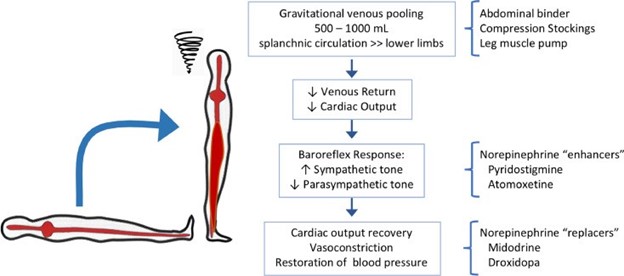A nurse is planning care for a school-age child who is 4 hr postoperative following appendicitis.
Which of the following actions should the nurse include in the plan of care?
Give cromolyn nebulized solution every 6 hr.
Offer small amounts of clear liquids 6 hr following surgery.
Apply a warm compress to the operative site once daily.
Administer analgesics on a scheduled basis for the first 24 hr.
The Correct Answer is D
The correct answer is choice D. Administer analgesics on a scheduled basis for the first 24 hr.
This is because the child is at risk for developing peritonitis, which can cause severe abdominal pain.
Scheduled analgesics can provide better pain relief than PRN analgesics.
Choice A is wrong because the child should not be given anything by mouth until bowel sounds return, which can take up to 24 hr after surgery.
Giving clear liquids too soon can cause nausea, vomiting, and abdominal distension.
Choice B is wrong because cromolyn nebulized solution is used to prevent asthma attacks, not to treat appendicitis.
There is no indication that the child has asthma or needs this medication.
Choice C is wrong because applying a warm compress to the operative site can increase inflammation and infection risk.
A cold compress can be used to reduce swelling and pain, but only if prescribed by the provider.
Nursing Test Bank
Naxlex Comprehensive Predictor Exams
Related Questions
Correct Answer is C
Explanation

Correct Answer is A
Explanation
Choice A reason:
"Plan to take this medication with food." Is the correct statement. When providing instructions to an older adult client who has a seizure disorder and is prescribed phenytoin (an antiepileptic or anticonvulsant medication), the nurse should advise the client to take the medication with food. Phenytoin can cause gastrointestinal irritation, and taking it with food can help minimize this side effect.
Choice B reason:
"Plan to take this medication with antacids. “is not the appropriate instruction. Phenytoin should not be taken with antacids. Antacids can reduce the absorption of phenytoin, leading to decreased effectiveness of the medication. If antacids are needed for other reasons, they should be taken at least 2 hours before or after taking phenytoin.
Choice C reason:
"Limit foods that contain vitamin D while taking this medication. “This is not inappropriate instruction. There is no specific requirement to limit foods containing vitamin D while taking phenytoin. However, phenytoin may decrease the absorption of vitamin D, which could potentially affect the client's vitamin D levels. Therefore, it is essential for the client to have regular check-ups and possibly discuss the need for vitamin D supplementation with their healthcare provider.
Choice D reason:
"Limit foods that contain folic acid while taking this medication. “This is not the correct statement. Phenytoin can interfere with the absorption of folic acid (a B-vitamin). Long-term use of phenytoin may lead to folic acid deficiency. Therefore, the nurse should instruct the client to consume foods rich in folic acid and discuss the potential need for folic acid supplementation with their healthcare provider.
Whether you are a student looking to ace your exams or a practicing nurse seeking to enhance your expertise , our nursing education contents will empower you with the confidence and competence to make a difference in the lives of patients and become a respected leader in the healthcare field.
Visit Naxlex, invest in your future and unlock endless possibilities with our unparalleled nursing education contents today
Report Wrong Answer on the Current Question
Do you disagree with the answer? If yes, what is your expected answer? Explain.
Kindly be descriptive with the issue you are facing.
